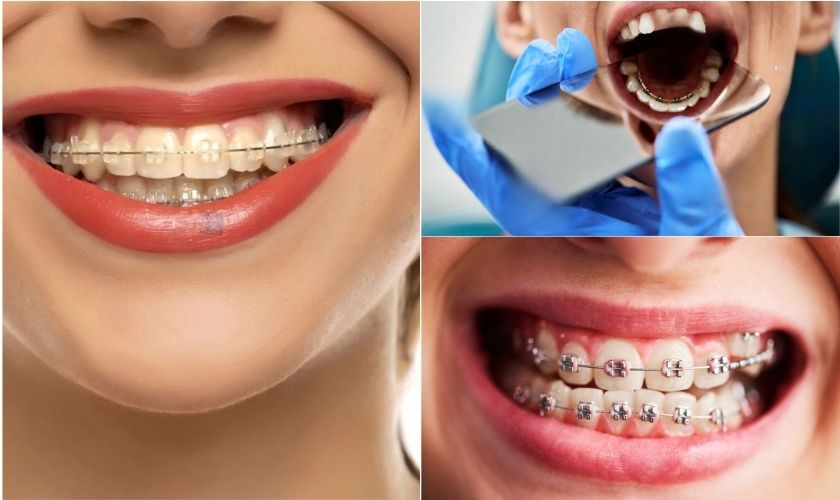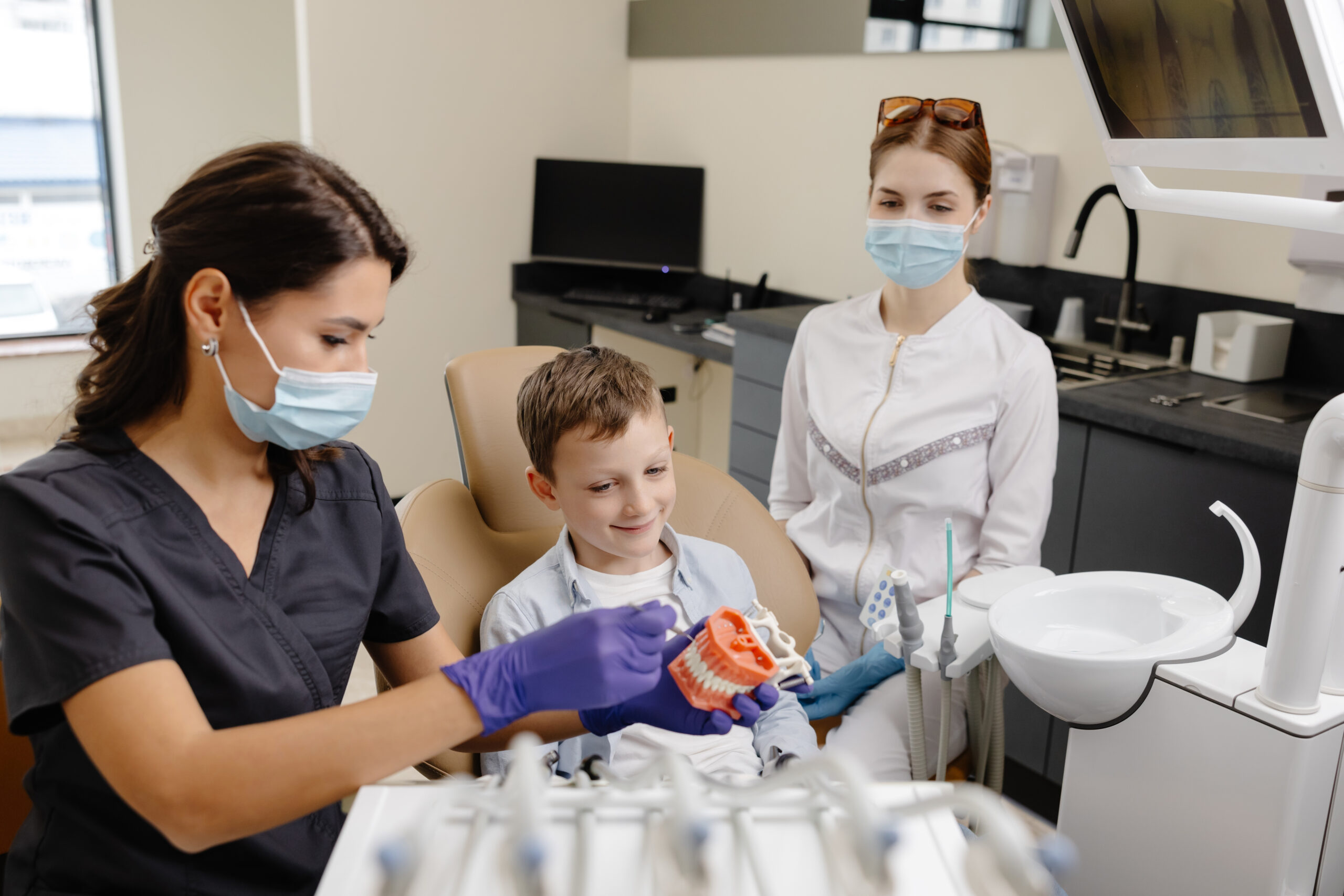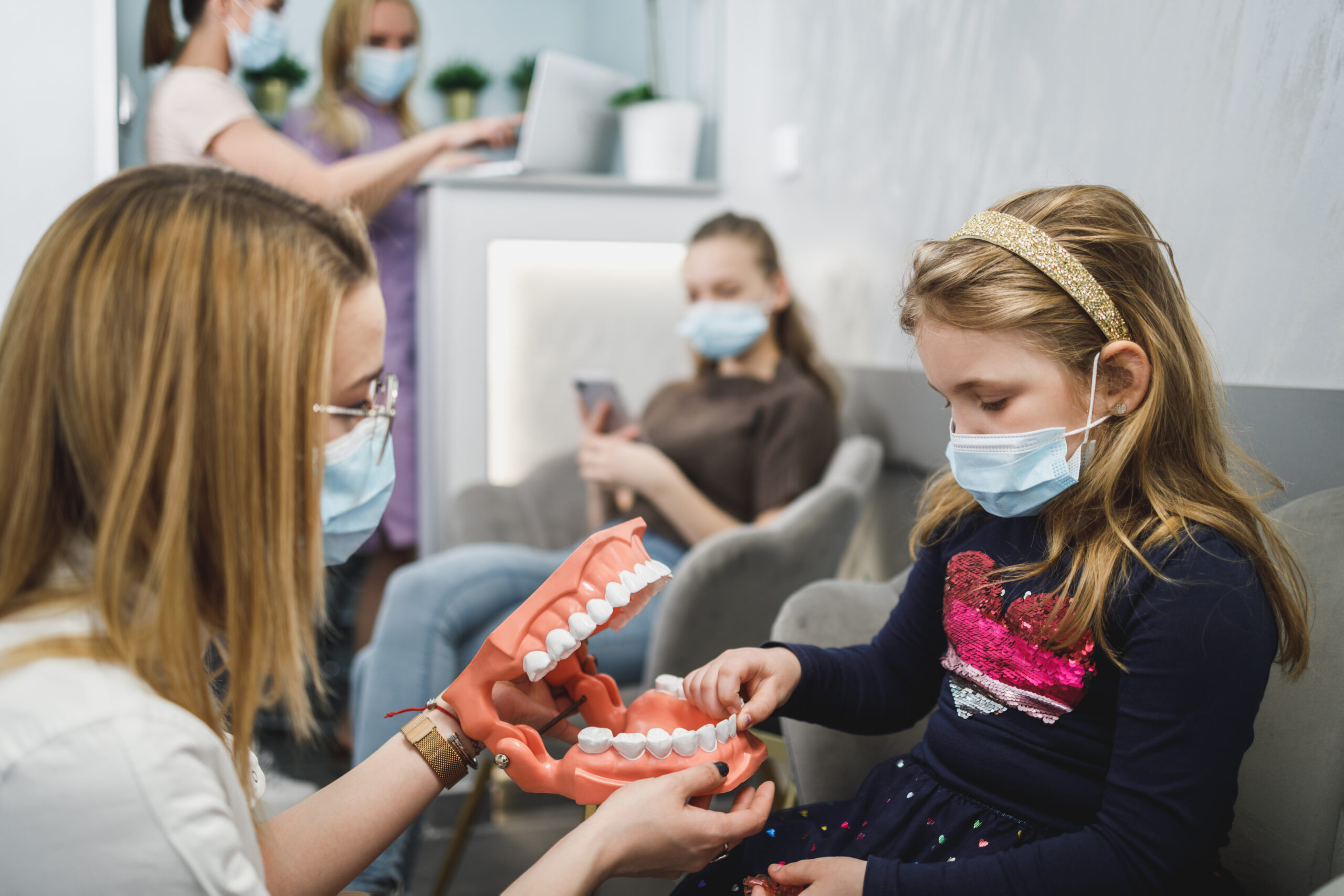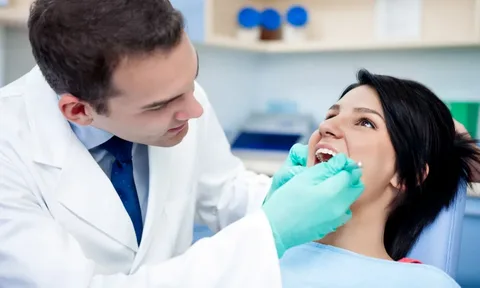Undergoing a root canal can be a daunting experience, but understanding the recovery process can significantly ease your concerns. This guide will walk you through the entire recovery timeline, from the immediate aftermath of the procedure to long-term care, ensuring you feel informed and prepared every step of the way.
Understanding Root Canal Treatment
A root canal is a dental procedure aimed at saving a tooth that has become infected or damaged. The treatment involves removing the pulp—the soft tissue inside the tooth that contains nerves and blood vessels. Once the pulp is removed, the dentist cleans and disinfects the inner chamber, filling it with a biocompatible material to prevent future infections. Finally, a crown or filling is placed to restore the tooth’s function and appearance.
Why You Might Need a Root Canal
You may require a root canal if you experience symptoms such as:
- Persistent tooth pain
- Sensitivity to hot or cold
- Swelling in the gums
- Discoloration of the tooth
- A pimple-like bump on the gums
These signs often indicate that the tooth’s pulp is infected or inflamed, necessitating treatment to alleviate pain and preserve the tooth.
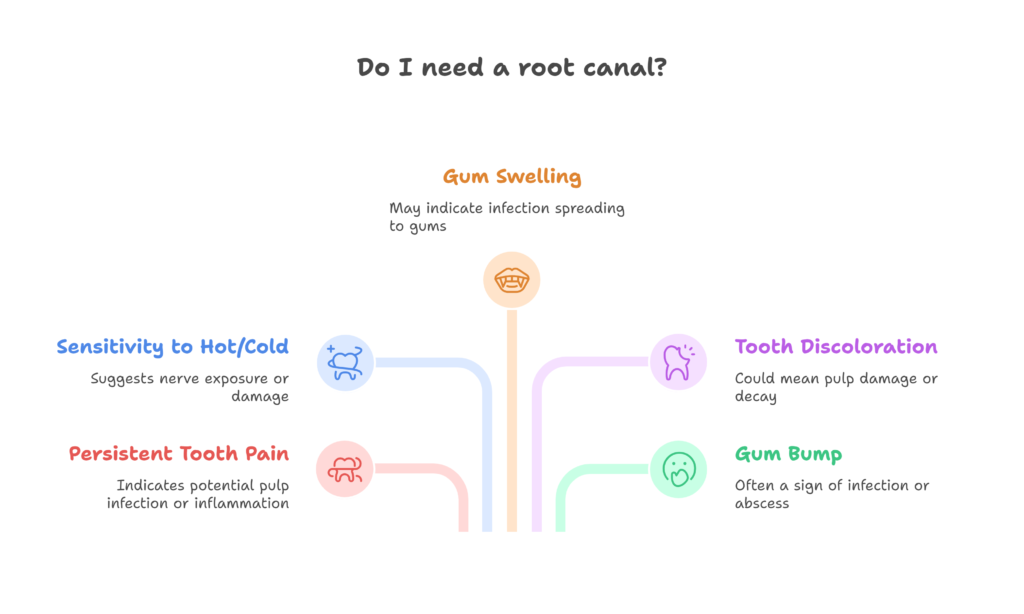
Immediate Recovery Phase (Days 1-2)
The first couple of days following your root canal are crucial for your recovery. During this time, you may experience some discomfort and swelling, which is entirely normal. Here’s what to expect:
The first couple of days following your root canal are crucial for your recovery. During this time, you may experience some discomfort and swelling, which is entirely normal. Here’s what to expect:
Pain Management
- Over-the-Counter Pain Relief: You can take medications like ibuprofen or acetaminophen to manage any discomfort. Always follow the recommended dosage on the packaging.
- Rest: Allow your body to heal by taking it easy. Avoid strenuous activities that could disrupt the healing process.
Dietary Considerations
- Soft Foods: Stick to a diet of soft foods such as yogurt, applesauce, and mashed potatoes. Avoid hard or crunchy foods that could irritate the treated area.
- Hydration: Drink plenty of water to stay hydrated, but avoid hot beverages that may cause discomfort.
Early Recovery Phase (Days 3-7)
As you move into the first week post-procedure, you should start to notice a decrease in discomfort. However, some sensitivity may still persist.
Managing Discomfort
- Cold Compress: Applying a cold compress to the outside of your cheek can help reduce swelling and numb any tenderness.
- Gentle Oral Hygiene: Continue to brush and floss, but be gentle around the treated area to avoid irritation.
Follow-Up Care
- Check-Up Appointment: Schedule a follow-up visit with your dentist to ensure proper healing and to discuss any lingering discomfort. This appointment is essential for monitoring your recovery.
Mid Recovery Phase (Days 8-14)
By the second week, most patients experience significant improvement in their symptoms. You may be able to resume normal eating habits, but caution is still advised.
Eating Habits
- Gradual Return to Normal Diet: While you can start eating more solid foods, continue to avoid very hard or chewy items that could stress the treated tooth.
- Maintain Good Oral Hygiene: Keep up with your brushing and flossing routine to prevent infection.
Monitoring Symptoms
- Watch for Unusual Signs: If you notice any increased pain, swelling, or other concerning symptoms, contact your dentist immediately.
Complete Recovery Phase (Weeks 3 and Beyond)
Most patients will feel fully recovered within a few weeks, but it’s essential to continue caring for your tooth to ensure long-term success.
Long-Term Care
- Regular Dental Check-Ups: Schedule regular visits with your dentist to monitor the health of your treated tooth and overall oral health.
- Crown Placement: If a crown was not placed immediately, ensure you follow up for this procedure to protect your tooth.
Lifestyle Considerations
- Avoid Hard Foods: Even after recovery, be cautious with hard or sticky foods that could damage the treated tooth.
- Maintain Oral Hygiene: Continue to brush twice daily and floss regularly to keep your mouth healthy.
Potential Complications and How to Address Them
While most recoveries are straightforward, some patients may experience complications. Here are some signs to watch for:
Signs of Complications
- Increased Pain or Swelling: If pain worsens or swelling does not subside, contact your dentist.
- Fever or Chills: These symptoms may indicate an infection that requires immediate attention.
- Discharge from the Treated Tooth: Any unusual discharge should be evaluated by your dentist.
What to Do If Complications Arise
If you experience any of the above symptoms, do not hesitate to reach out to your dental professional. Early intervention is key to addressing potential issues effectively.
Conclusion
Understanding the recovery process after a root canal can help alleviate anxiety and ensure a smoother healing journey. By following the recommended aftercare guidelines, you can promote healing and maintain the health of your treated tooth. Remember, regular check-ups and good oral hygiene are essential for long-term success. If you have any concerns during your recovery, don’t hesitate to reach out to your dentist for guidance. Your dental health is a priority, and with proper care, you can enjoy a pain-free smile for years to come.
Faq
How Long Will I Be Sore After a Root Canal?
Most patients experience soreness for a few days, with significant improvement typically occurring within a week. If discomfort persists beyond this timeframe, consult your dentist.
Can I Eat Right After a Root Canal?
It’s advisable to wait a few hours after the procedure before eating. When you do eat, stick to soft foods until the numbness wears off completely.
When Can I Return to Normal Activities?
Most individuals can return to work or school within 1-2 days after the procedure, depending on their comfort level and the nature of their job.


